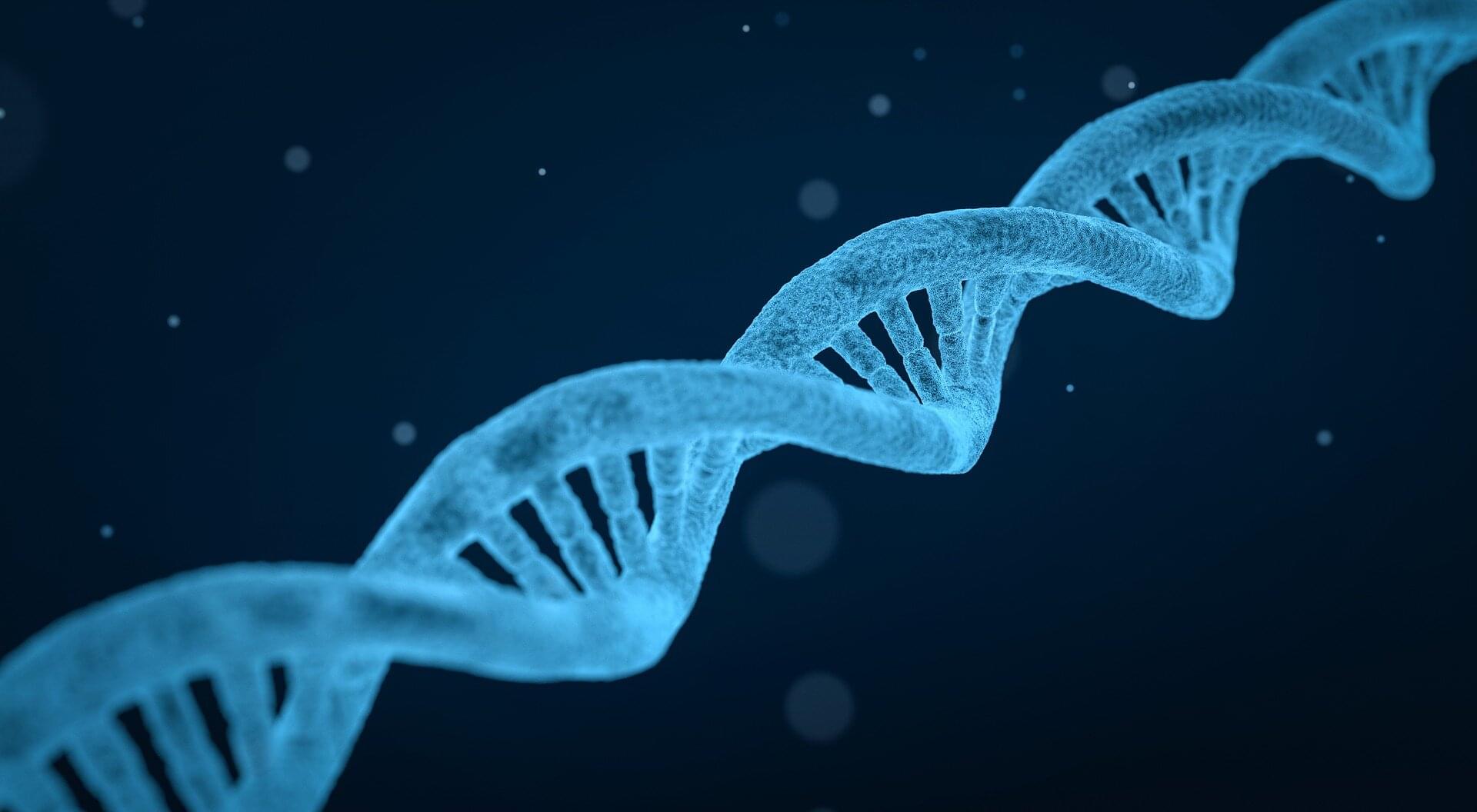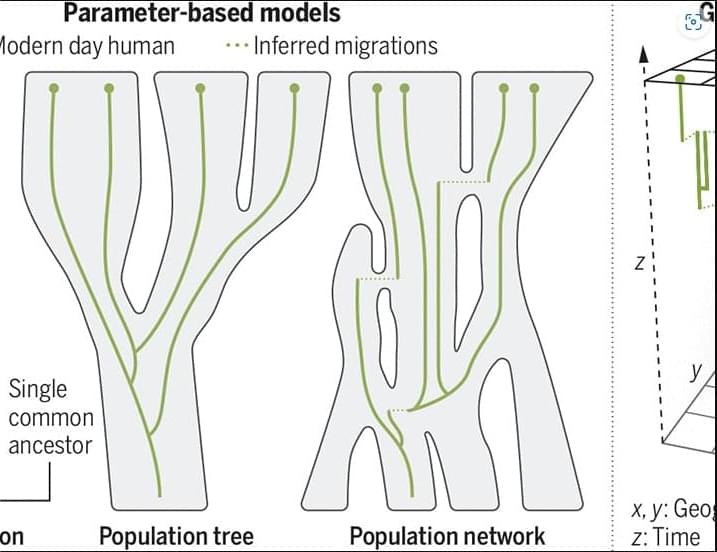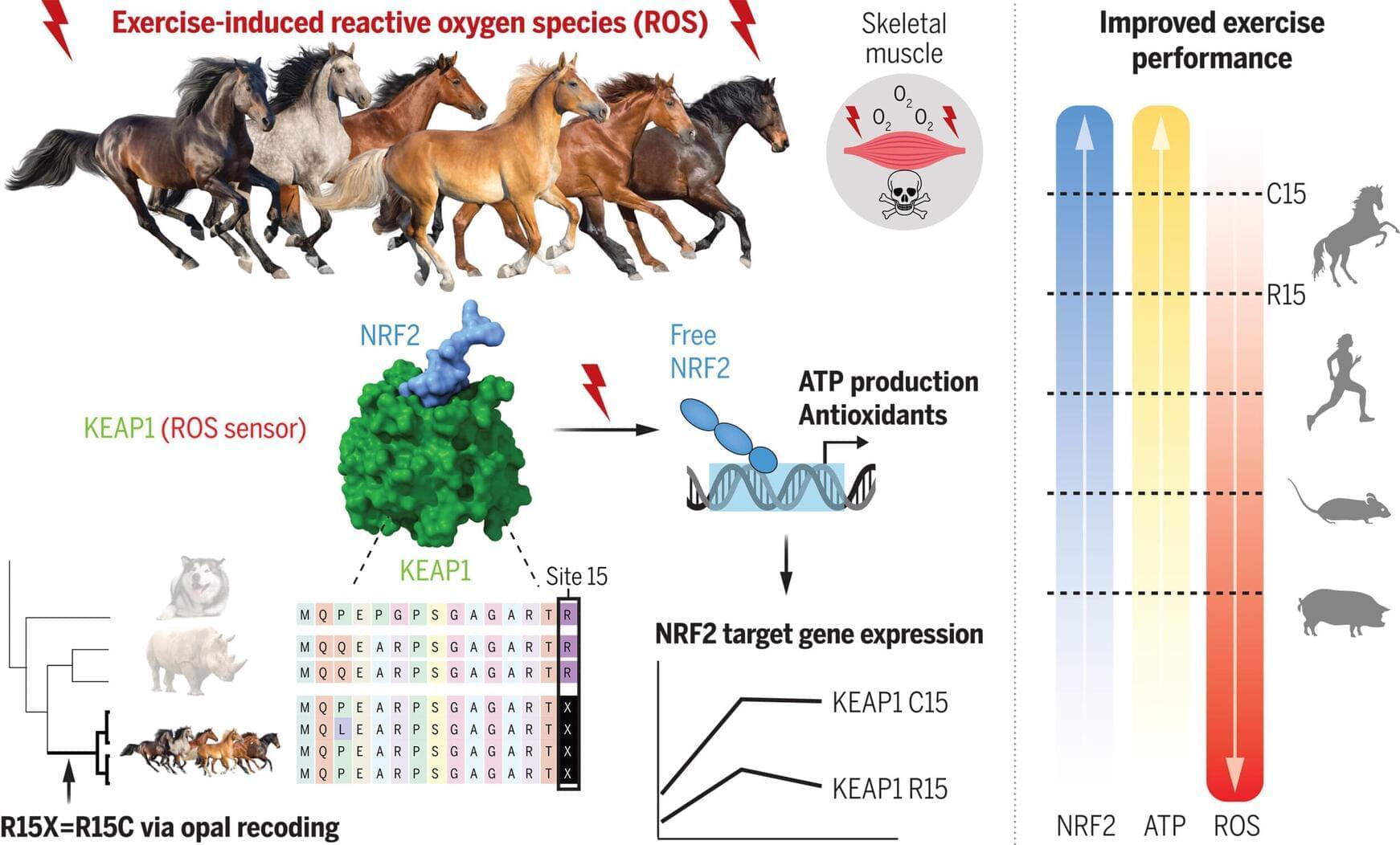Research led by Children’s Hospital of Fudan University in China has found that a gene called pancreatic progenitor cell differentiation and proliferation factor (PPDPF) helps protect kidney cells by supporting enzymes involved in maintaining cellular energy levels during chronic kidney disease.
Chronic kidney disease affects approximately 15% of the global population and is currently the ninth leading cause of death worldwide. Treatments that can slow the progression of this condition remain limited.
Genome-wide association studies have identified nearly 800 genetic loci associated with kidney function, yet more than 90% of these variants are located in noncoding regions. Specific genes and molecular mechanisms involved in early-stage chronic kidney disease remain incompletely understood.






